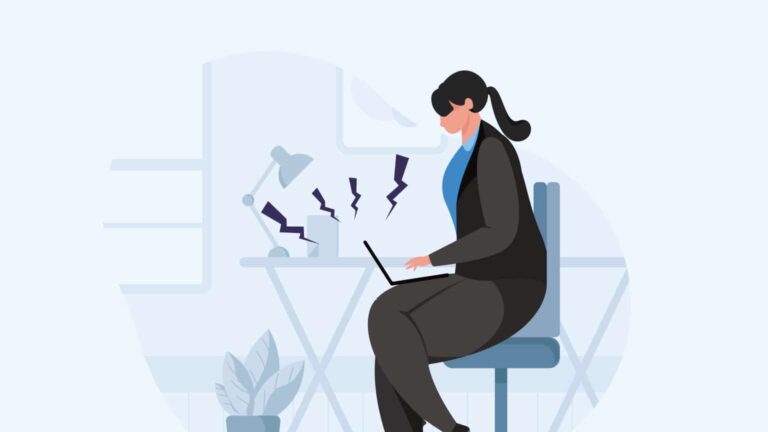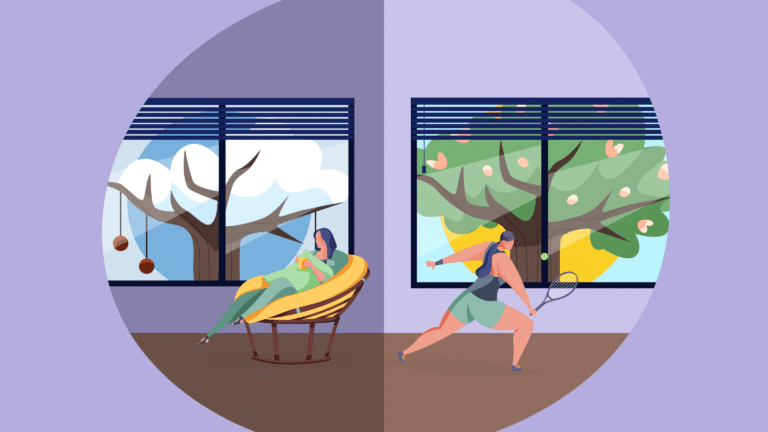The lobster’s hard shell doesn’t grow, but the lobster itself does. When the lobster gets so big that its shell becomes uncomfortable, it breaks out and a new, soft shell appears. It waits under a rock until its new shell is hard and safe enough for it to step out into the big wide world.
Discomfort leads to growth
In this video, Rabbi Dr Abraham Twerski explains what we can learn here: The stimulus for the lobster to grow is a sense of discomfort. Times of stress are times that allow us to grow. If we navigate adversity the right way, we’re able to grow through adversity.
What the lobster also teaches us is that risk is essential for growth, that every phase in our lives requires a new structure, and that periods of change are vulnerable times. We’re going to cover all three of these points in this article.
Growth comes with risks
Just as for lobsters, it’s also true for humans that discomfort leads to growth. A lobster needs to climb out of its shell in order to grow, while humans need to step out of their comfort zones. Being outside our comfort zones isn’t the most pleasant feeling, but it’s here that we develop as people, while gaining new skills and knowledge.
People who step out of their comfort zones are known as people with a growth mindset. In a previous article, psychologist Madelief Falkmann states: “People with a growth mindset feel that it’s fun and valuable to develop as people, which means that they experience growth at a more rapid rate. People with a fixed mindset would rather focus on what they can already do – they stay in their comfort zone – and as a result, their development is more likely to stall. They choose the safe path.”
Fortunately, you can learn – just like a lobster – to leave your familiar environment and take steps towards the exciting unknown and, therefore, growth. You’ll find six tips here.





